Bristlenose catfish - Ancistrus cirrhosus
Scientific name: Ancistrus cirrhosus
Common name: Bristlenose catfish
Family: Loricariidae
Usual size in fish tanks: 11 - 15 cm (4.33 - 5.91 inch)
014
Recommended pH range: 5.8 - 7.6
Recommended water hardness: 4 - 18°N (71.43 - 321.43ppm)
0°C 32°F30°C 86°F
Recommended temperature range: 22 - 26 °C (71.6 - 78.8°F)
The way how these fish reproduce: Spawning
Where the species comes from: South America
Temperament to its own species: peaceful
Temperament toward other fish species: peaceful
Usual place in the tank: Bottom levels
Tank Requirements
The Bristlenose Catfish (Ancistrus cirrhosus) is a popular choice for aquarists due to its peaceful nature and manageable size. Unlike the common and sailfin plecos, Bristlenose plecos stay relatively small, growing to about 11-15 cm (4.33-5.91 inches), which makes them ideal for standard home aquariums. While a minimum tank size of 20 gallons (75 liters) is suitable, larger tanks are always better for providing ample swimming space. Always ensure the tank is properly cycled before introducing the fish. They thrive in aquariums with good filtration and moderate water flow to replicate their natural environment, and adding an air stone for extra oxygenation can help maintain ideal conditions.
Bristlenose catfish are nocturnal, so provide them with plenty of hiding spots, such as caves, rocks, or driftwood. They will appreciate dark areas where they can rest during the day. The substrate should be soft gravel or sand to prevent damage to their sensitive barbels, as they spend a significant amount of time foraging along the bottom.
Tankmates
Bristlenose plecos are peaceful fish that can coexist with a variety of tankmates. They do best with other peaceful fish that prefer similar water conditions. Suitable companions include Corydoras catfish, peaceful cichlids like dwarf cichlids, and schooling fish such as Black Neon Tetras or Rummy Nose Tetras. Due to their docile temperament, avoid keeping them with aggressive species or large, predatory fish that may see them as prey.
Feeding
Though often sold as "algae eaters," Bristlenose catfish cannot survive on algae alone. In the wild, their diet consists of plant matter, small invertebrates, and organic debris. In the aquarium, you can offer a variety of foods to keep them healthy. Sinking algae or spirulina pellets should form the basis of their diet. Supplement this with blanched vegetables such as zucchini or cucumber, and offer protein-rich foods like bloodworms or mosquito larvae a couple of times a week.
p>Feed your Bristlenose once or twice daily, but be mindful not to overfeed, as they are prone to obesity. It’s essential to monitor their food intake, ensuring that enough reaches the bottom where they feed. Leftover food should be removed to prevent water quality issues.Sexing
Sexing Bristlenose plecos is relatively easy once they reach maturity. Males are typically larger and develop more pronounced bristles around their heads. Females may also have bristles, but these are much smaller and less defined.
Breeding
Breeding Ancistrus cirrhosus is straightforward and can be accomplished in most home aquariums. They are cave spawners, so provide a variety of caves or tubes where the male can claim a territory. When the female is ready to spawn, she will lay eggs in the male’s cave, and he will fertilize them. The male takes full responsibility for guarding and fanning the eggs until they hatch, which usually takes about 4-5 days. Once the fry emerge from the cave, they will feed on algae and small food particles that settle on the tank floor. Newly hatched brine shrimp and finely crushed flakes are also suitable for the fry.
Lifespan
Bristlenose catfish can live for 4-6 years in captivity with proper care. Older specimens may become less active and spend more time hiding. Regular water changes and a varied diet are key to ensuring their long-term health and well-being.
Short Description
Ancistrus cirrhosus, commonly known as the Bristlenose catfish, is a hardy and peaceful species that is ideal for community aquariums. Known for their algae-eating abilities, they help to keep tanks clean, although they do require additional food to stay healthy. Their small size makes them an excellent choice for mid-sized aquariums, and they thrive in environments with plenty of hiding places and stable water conditions. Bristlenose plecos are easy to breed in captivity and are a popular choice for both beginner and experienced aquarists.
Additional Resources
For a detailed guide on caring for Bristlenose catfish, check out our full guide. Watch our video on Bristlenose catfish here! (approximately 7.3 MB, MPEG format).
This page was updated on 10th January 2016 thanks to Aquariadise.com.
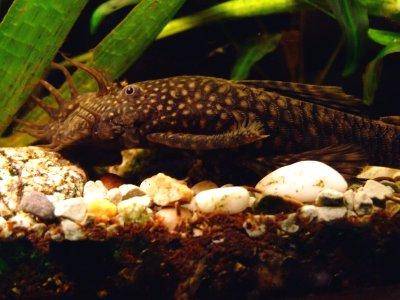
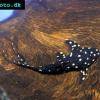 Adonis
Adonis 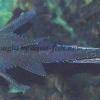 Lyre
Lyre 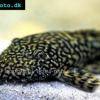 Gold
Gold  Bushymouth
Bushymouth  Spotted
Spotted 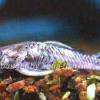 Medusa
Medusa  Bristlenose
Bristlenose 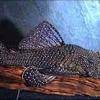 Starlight
Starlight 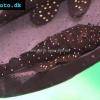 Spotted
Spotted 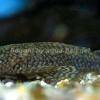 Catfish
Catfish  Bushynose
Bushynose 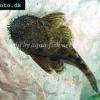 Bristlenose
Bristlenose  Green
Green 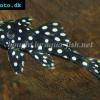 LDA-33
LDA-33 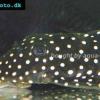 Snowflake
Snowflake 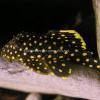 Gold
Gold 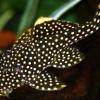 Gold
Gold  Bulldog
Bulldog 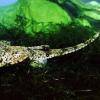 Dasyloricaria
Dasyloricaria  Butterfly
Butterfly 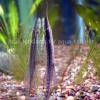 Whiptail
Whiptail 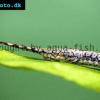 Amazon
Amazon  Twig
Twig 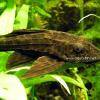 Spotted
Spotted 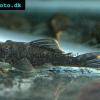 Spotted
Spotted 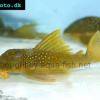 Lemon
Lemon 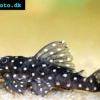 Pleco
Pleco 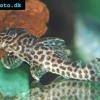 Peruvian
Peruvian 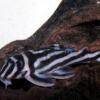 Zebra
Zebra 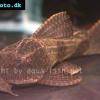 Pleco
Pleco  Hypostomus
Hypostomus 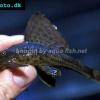 Pleco
Pleco 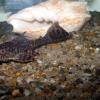 Suckermouth
Suckermouth  Spotted
Spotted  Woodeating
Woodeating 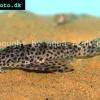 Golden
Golden 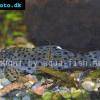 Sultan
Sultan 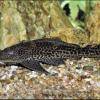 Multiradiatus
Multiradiatus 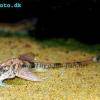 Marbled
Marbled 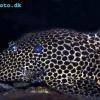 Pleco
Pleco 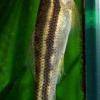 Dwarf
Dwarf 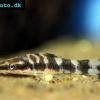 Dwarf
Dwarf 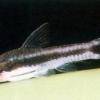 Dwarf
Dwarf  Oxyropsis
Oxyropsis 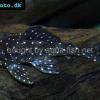 Orange
Orange 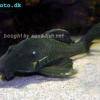 Blue
Blue 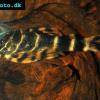 Clown
Clown 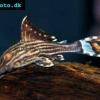 Royal
Royal 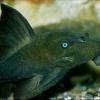 Blue
Blue 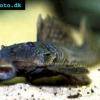 Rubber
Rubber  Goby
Goby 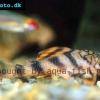 Wormline
Wormline  Para
Para  Tiger
Tiger 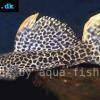 Leopard
Leopard 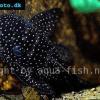 Spiny
Spiny 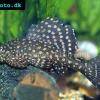 Marbled
Marbled 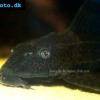 Amazon
Amazon  Common
Common 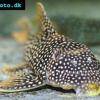 Sunshine
Sunshine 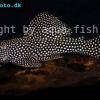 Golden
Golden